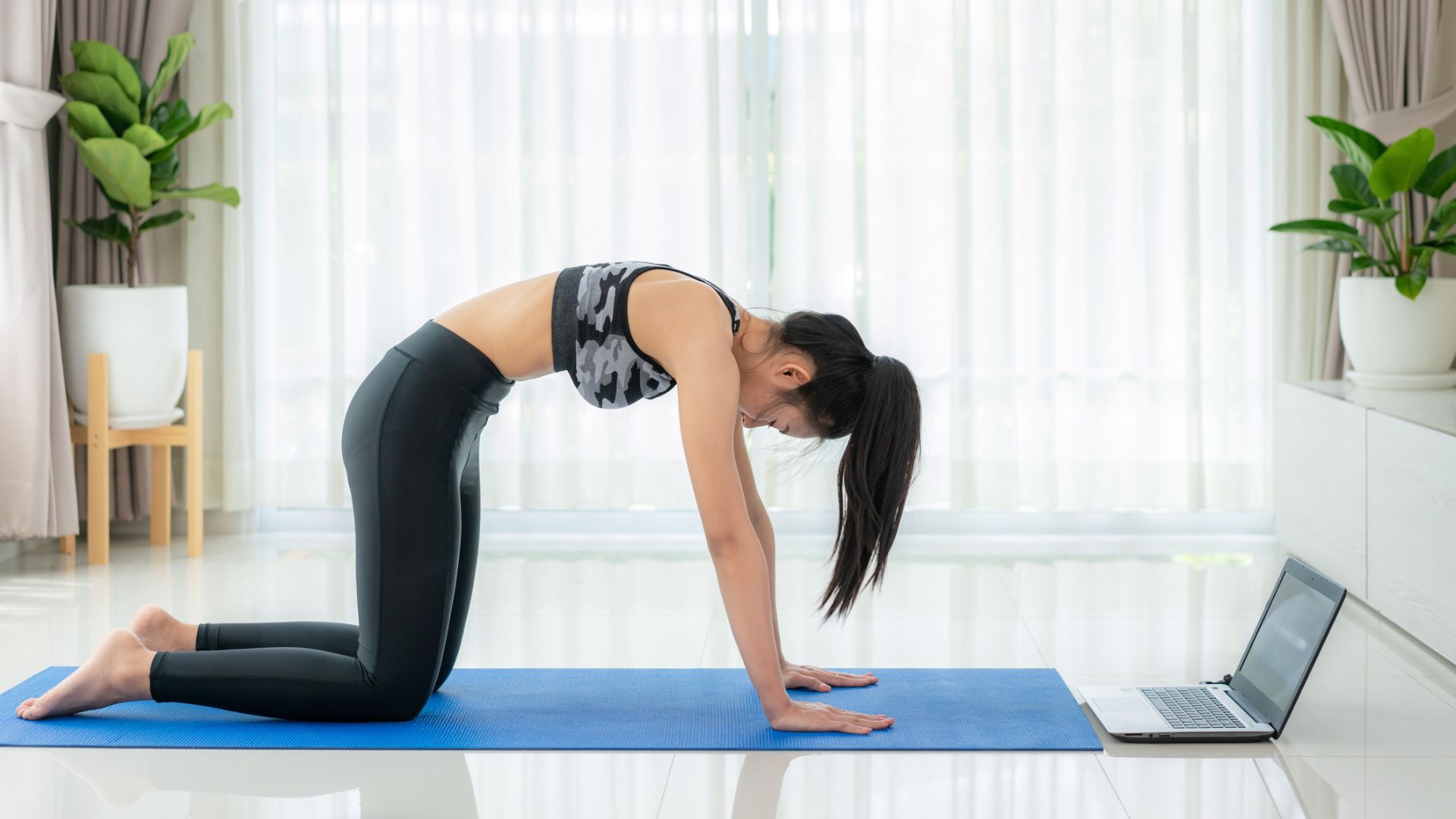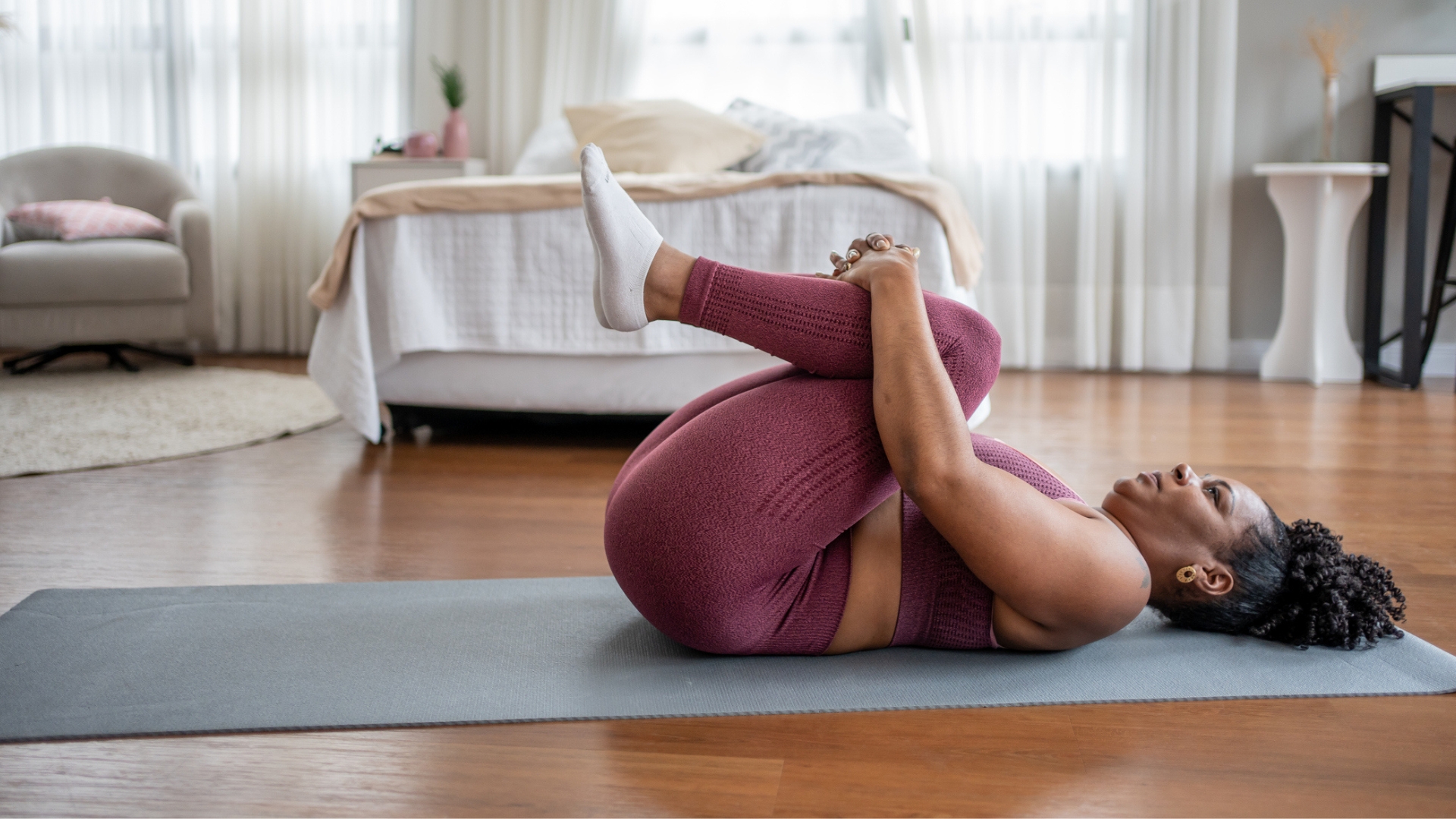Sore joints? Forget exercise, it could be your sleep that's making things worse
Studies have found joint pain and sleep are linked, but there a few low-cost changes you can make


Sleep plays a vital role in our wellbeing, keeping our minds healthy, bodies active, and helping ward off ill-health. If you have a terrible night, you know you'll feel tired the next day, but long-term sleep troubles could also cause joint pain later in life.
Sore joints can impact everyday activities and make exercising feel like too much of a challenge. There are ways around this, like taking the best supplements for joints and using low-impact workouts that are more gentle on your joints.
Of course, if there were a way to prevent the pain before it started, it'd make us far more comfortable in our later years. Helpfully, scientists are beginning to uncover the link between joint pain and the quality of your sleep.
According to a recent study published in the journal Menopause, joint pain was linked to sleep disturbances in postmenopausal women. The team explored the link between sleep apnea and multiple health and wellbeing-related symptoms, like joint pain.
Sleep apnea is a medical condition that occasionally causes you to stop breathing throughout the night. As your brain notices the drop in oxygen, it briefly wakes you up to help reopen your airways.
The study's authors measured the number of times sleep apnea occurred in an hour, known as the respiratory disturbance index (RDI), in 51 older women. They found that there was a significant association "between a higher RDI and joint pain."
Meanwhile, the findings of a paper in Arthritis Care and Research didn't establish a link between joint pain and sleep apnea. Instead, the researchers showed that overall sleep quality in men over 35 affected their experience of joint pain.
Get the Fit&Well Newsletter
Start your week with achievable workout ideas, health tips and wellbeing advice in your inbox.
Tips for better sleep to reduce joint pain
Although both studies suggest more research into the cause of these effects, you don't have to wait to improve your sleep. Using these tips for better sleep can reduce your risk of joint pain to stay comfortably active as you age.
1. Keep your sleep regular
Sticking to a schedule can help train your body to expect sleep at certain times, making it easier to drift off and wake up in the morning. If you need a reminder, most smartphones have a sleep schedule feature that'll let you know when it's time to head to bed and will automatically set the alarm for your desired wake-up time.
2. Relax and wind down before bed
If you lay down in bed and find your mind is racing, set aside a few winddown hours beforehand to help quiet your thoughts. Activities like watching TV, playing video games, or using our smartphones make it hard to shut off when we want to sleep, so take some screen downtime to read a book, take a warm bath, or roll out one of the best yoga mats and do some stretches.
3. Make the bedroom for sleep
Over the past few years, our homes have become offices, blurring the line between relaxation and work. But working from bed can make it harder to get to sleep, so find a way to separate work and leisure. Even if you're short on space, set a routine for leaving the day behind, like adjusting blinds, rearranging soft furnishings, or putting on some calming music.
4. Meditate
There are plenty of reasons to meditate every day, but the aim is to develop the connection between your mind and body. Most mindfulness-based meditations encourage you to focus on your breath, which is physically calming. But the practice also helps you focus on the present rather than getting tangled in thoughts, making it easier to shut off at night.

James is a London-based journalist and Fitness Editor at Fit&Well. He has over five years experience in fitness tech, including time spent as the Buyer’s Guide Editor and Staff Writer at technology publication MakeUseOf. In 2014 he was diagnosed with a chronic health condition, which spurred his interest in health, fitness, and lifestyle management.
In the years since, he has become a devoted meditator, experimented with workout styles and exercises, and used various gadgets to monitor his health. In recent times, James has been absorbed by the intersection between mental health, fitness, sustainability, and environmentalism. When not concerning himself with health and technology, James can be found excitedly checking out each week’s New Music Friday releases.
-
 I'm always stiff from sitting, so I tested out a 12-minute morning mobility routine to see if it could help
I'm always stiff from sitting, so I tested out a 12-minute morning mobility routine to see if it could helpThe short routine taught me a lot about my body
By Becks Shepherd Published
-
 A top mobility coach says you should stop stretching at the end of your workouts and do them before bed instead
A top mobility coach says you should stop stretching at the end of your workouts and do them before bed insteadUse my five-move routine to wind down before bed
By Sam Rider Published